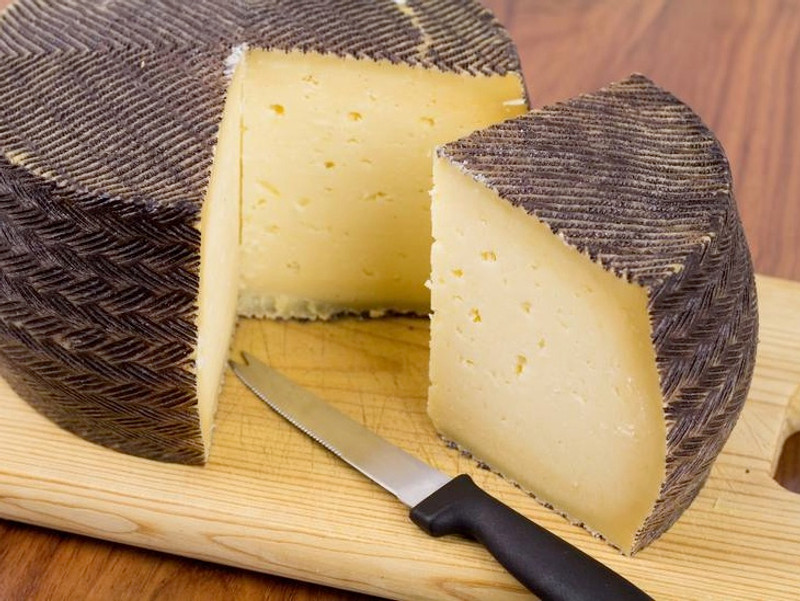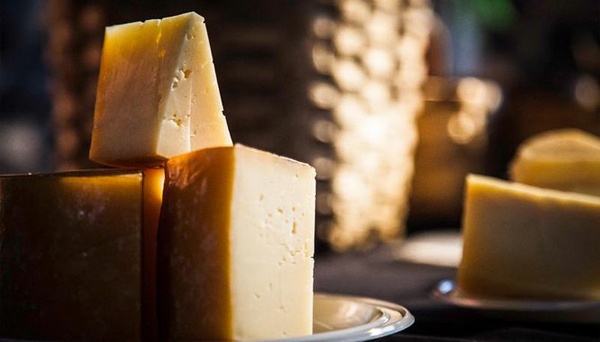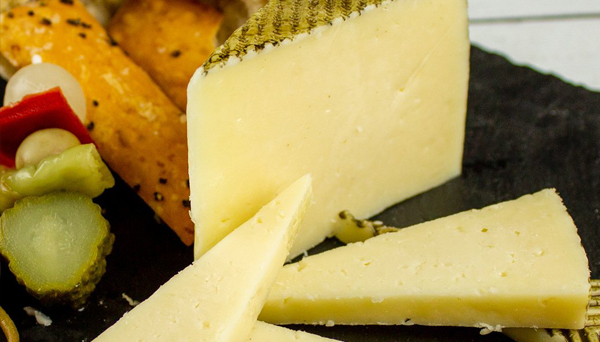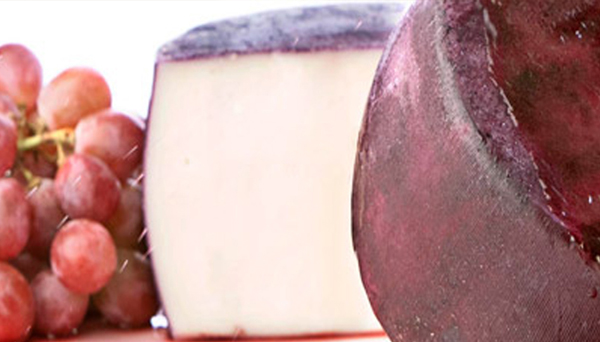
If you like chasing hidden treasure, you’ll love Spanish cheese.
After the Spanish Civil War, Franco’s dictatorship banned the production of artisan cheeses as a snub to industrialization and modernization.
Fortunately, many cheese-makers refused to abandon a history stretching back before the Romans. They took Spain’s astonishing treasure-trove of artisanal cheeses into hiding until Franco died in 1975.
Today, there are more than 100 Spanish cheeses in production. Of these, 27 have received the Denominación de Origen Protegida” (DOP) designating premium food products.

MANCHEGO
The most widely known Spanish cheese is undoubtedly Manchego. True Manchego must be made using the tangy, fatty milk of manchega sheep from the dry, sprawling region of Don Quixote’s La Mancha. You can spot a Manchego wheel by the zigzag pattern on its rind imparted by the basket mold.
The delicate balance of buttery, tart, sweet, and nutty flavours make Manchego a standout on a cheese platter. And its concentrated taste means that a little goes a long way.
In Spain, Manchego wheels are categorized by age. Fresco is a young two weeks. Semicurado will range from three weeks to four months and curado three to six months. A viejo will have matured for one to two years. As Manchego ages, it become crumbly and more concentrated as crunchy salt and calcium crystals form.

IDIAZÁBAL
This Manchego cousin comes from the Basque Country in the north of Spain. It has a similar taste and texture to Manchego.
The tangy, smoky flavour, though, comes from the days when Basque shepherds hung their cheeses up in the rafters to ripen. The sweet, aromatic smoke from the open fireplace below would gradually permeate through the cheese.
Another DOP cheese, it is typically made from the raw milk of Latxa sheep. It has fewer holes than Manchego and a hardened brown rind. Even at a few months old, this cheese is dense and quite dry, with a sweet nuttiness and butteriness that will appeal to Manchego fans.

IBÉRICO
Made from a blend of sheep, cow and goat milk, Ibérico is the cheese you’ll find on a Spaniard’s table! It accounts for approximately half of Spain’s national cheese consumption.
The cow milk provides the flavor and acidity, the goat milk the slightly tart flavour and the whiter colour. The sheep milk gives the richness and buttery consistency. The blend minimums are 50% cow milk, 30% goat milk and 10% sheep’s milk. Generally, the higher the sheep’s milk content, the better the cheese.
Choose Ibérico for a slightly smoother cheese than Manchego and serve with quince paste, almonds, chorizo, or Serrano ham.

MURCIA AL VINO
A DOP cheese from the Murcia region of southeast Spain, this delicious goat cheese is bathed in red wine that turns the rind an attractive deep purple. It also lends a slightly fruity flavor and definite wine aroma to the typical goat milk tang.
To achieve DOP certification, this artisan cheese must start with the fatty, protein-rich milk from the region’s free-ranging Murciana goats. Once the curds are drained and pressed into wheels, they are soaked for two to three days in red doble pasta (double paste) wine. This is a twice-fermented, high-alcohol, deep, dark wine made with extra grape skins.
The sweet creaminess and grape aroma make Murcia al Vino a good choice for the dessert course. It also works brilliantly in casseroles or grilled cheese sandwiches or shredded on a pizza. Fruity red wines are your go-to here.
